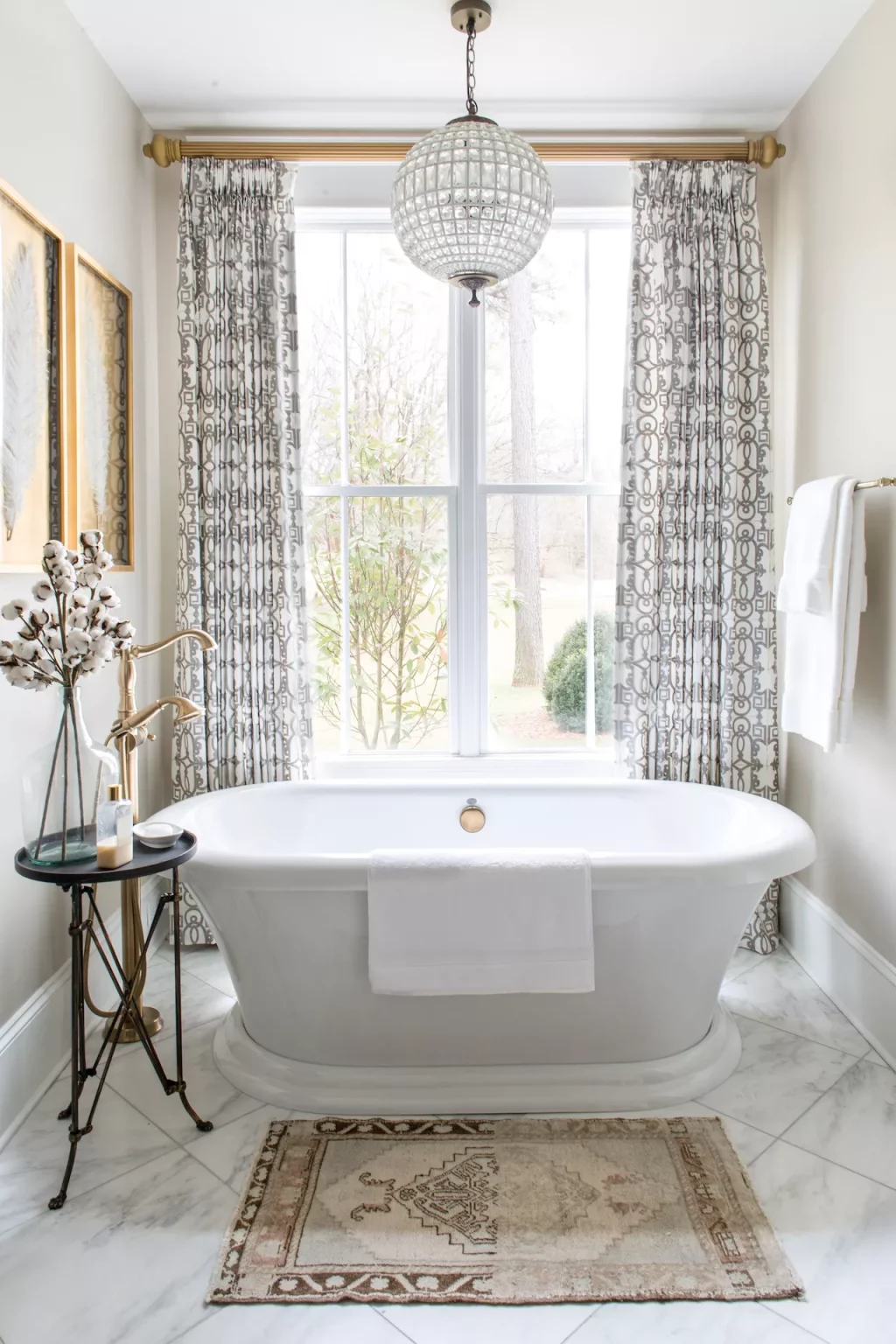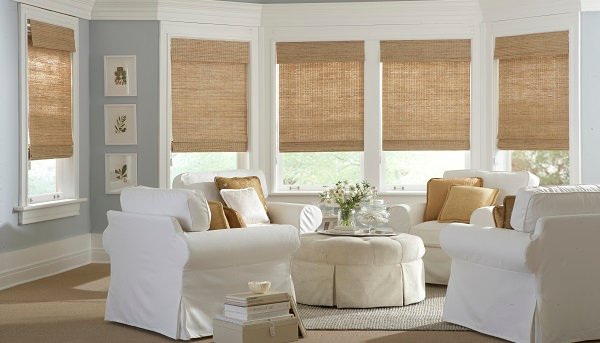The Ultimate Guide to Blinds: Types, Benefits, and Selecting the Right Fit for You
The globe of window therapies is huge and differed. Blinds can be found in numerous styles, each offering distinct benefits for different setups. Recognizing these choices is essential for making notified choices. Additionally, variables like product option and room functionality play a considerable function. As one thinks about the excellent equilibrium between visual appeals and practicality, the nuances of measuring and preserving blinds additionally become crucial elements. What should one prioritize when selecting the perfect window service?
Sorts of Blinds: A Detailed Overview
Blinds act as both practical and visual components in interior decoration, offering various choices to match varied choices and needs. Among one of the most preferred types are Venetian blinds, defined by horizontal slats that can be readjusted for light control and privacy. Roller blinds, understood for their simpleness and adaptability, come in a variety of patterns and materials, making them ideal for typical and modern-day setups. Upright blinds, generally made use of for bigger home windows or moving doors, enable for simple modification and are typically made from material or plastic.
Roman blinds, with their elegant folds, add a touch of elegance to any kind of space, while mobile tones provide insulation and energy effectiveness. In addition, bamboo blinds provide an all-natural, environment-friendly choice, infusing spaces with heat. Each type has one-of-a-kind features and designs, ensuring home owners can discover the best fit for their certain style and practical requirements.
Benefits of Installing Blinds in Your Home
The installation of blinds in a home provides a number of considerable benefits. They give enhanced privacy control, permitting home owners to regulate exposure from the exterior. Additionally, blinds contribute to energy effectiveness by helping to manage indoor temperature levels, lowering the reliance on heating and cooling systems.
Enhanced Privacy Control
When property owners look for to boost their living spaces, setting up blinds provides a substantial benefit in personal privacy control. Blinds supply a versatile service for regulating exposure from both the exterior and interior of the home. By changing the slats or elevating the blinds, people can quickly take care of the amount of light going into while all at once obstructing the sight from outside. This adaptability enables home owners to develop a comfortable environment without giving up natural light. Furthermore, various styles and products are readily available, ensuring that homeowners can select choices that perfectly mix with their style while improving privacy. Ultimately, the installation of blinds offers as an efficient methods to guard personal space, encouraging leisure and comfort within the home setting.
Power Effectiveness Enhancement
Installing blinds not only enhances privacy yet likewise considerably contributes to power effectiveness in the home. By regulating natural light and lowering warm transfer, blinds can aid maintain a constant interior temperature level. Throughout warmer months, shutting blinds can obstruct out too much sunshine, therefore reducing the dependence on a/c. Alternatively, in cooler months, they can supply insulation by capturing warmth, reducing heating expenses. Additionally, energy-efficient blinds, such as cellular shades, are designed specifically to minimize energy loss. By purchasing high quality blinds, house owners can produce a more comfortable living environment while additionally reducing energy expenses. Inevitably, the installation of blinds works as a sensible solution for those looking for to boost both convenience and power performance in their homes.
How to Select the Right Blinds for each and every Space
Exactly how can one figure out one of the most ideal blinds for each and every room in a home? The option process begins with examining the space's purpose and environment. In living areas, versatile blinds that permit light control while ensuring personal privacy are optimal. In rooms, blackout blinds can boost rest top quality by shutting out outside light.
Shower rooms and kitchens require moisture-resistant choices to endure moisture, making plastic or synthetic wood blinds appropriate choices. Furthermore, the wanted visual plays an essential role; working with blinds with the area's style improves the general setting.
Consider the amount of natural light each space receives; lighter blinds might be preferable for dark rooms, while darker options can include warmth to sunlit spaces. Eventually, recognizing details needs and preferences for capability and design will assist home owners in making notified choices tailored per room's distinct demands.
Product Options: Wood, Plastic, Fabric, and Much more

Wood Blinds Perks
Timber blinds are a preferred selection amongst home owners seeking a blend of appearances and capability. One substantial benefit of wood blinds is their natural charm, offering a cozy and inviting appearance that improves any interior decor. They are readily available in numerous coatings and shades, enabling modification to match personal this website style. Additionally, wood blinds give outstanding light control and personal privacy, as their slats can be quickly adapted to filter sunshine while maintaining privacy. Their sturdiness is one more advantage; with correct treatment, wood blinds can last for several years without shedding their appeal (Phoenix shades installation). Moreover, they have shielding homes, assisting to manage interior temperatures and potentially decreasing power expenses. Overall, wood blinds merge beauty and practicality, making them a suitable choice for lots of households
Plastic Resilience Includes
Vinyl blinds stick out for their remarkable sturdiness, making them a sensible choice for different environments. These blinds are immune to wetness, making them excellent for locations such as bathroom and kitchens where humidity can be an issue. Unlike timber, plastic does not warp, crack, or fade under sunlight, guaranteeing resilient performance and minimal maintenance. Additionally, they are offered in a variety of colors and styles, allowing property owners to customize their appearance without compromising longevity. Plastic blinds are also simple to tidy; a straightforward clean with a damp towel is often useful link enough to keep them looking fresh. Generally, their durability and reduced upkeep make vinyl a preferred choice among homeowners seeking both capability and visual charm.

Material Choices Overview
Blinds can be found in a variety of textile choices that satisfy various aesthetic and functional needs. Typical products consist of plastic, fabric, and timber, each offering distinct advantages. Timber blinds offer a classic, warm visual and superb insulation but call for maintenance to protect against bending. Vinyl blinds are sturdy and moisture-resistant, making them ideal for high-humidity locations like shower rooms and kitchens. Textile blinds, readily available in many shades and patterns, use versatility and softness, enhancing home style while supplying varying levels of light purification. Furthermore, alternatives like artificial timber offer the look of natural timber with added resilience. When picking blinds, it is critical to assess the specific demands of each area to assure peak performance and design.
Gauging and Mounting Blinds: Tips for Success
Gauging and setting up blinds might seem straightforward, cautious attention to information is crucial for achieving an excellent fit. First, it is necessary to measure the window structure precisely, noting both the size and height. For inside installs, deduct a percentage from the width to guarantee a tidy fit, while outdoors places need to expand beyond the structure for far better light control and visual appeals. Using a steel tape procedure is recommended for accuracy.
When setting up, gather all necessary devices, such as a level, drill, and screws. Adhering to the producer's instructions is crucial to assure appropriate setup. It is advisable to pre-drill openings to stop damaging the brackets. In addition, having a second individual can make the procedure smoother, particularly when raising heavier blinds. After installation, test the blinds to validate they run efficiently and readjust as required for maximum performance.
Maintenance and Look After Resilient Blinds
Appropriate maintenance and care can significantly extend the lifespan of home window coverings. Routine cleaning is vital; using a soft cloth or a microfiber duster can properly get rid of dirt without scratching surfaces. For much deeper cleaning, a mild solution of soap and water is suggested, applied with a soft sponge, ensuring that no dampness permeates right into the mechanisms.
For material blinds, spot cleaning is suggested, while wood blinds should be treated with a wood-safe cleaner to maintain their coating. Stay clear of exposing callous excessive moisture, warmth, or direct sunshine, which can result in bending or fading.
Furthermore, regular inspection of cables and devices can protect against damage. It's a good idea to comply More hints with producer standards for specific products, as various blinds might have distinct treatment needs. By adopting these straightforward maintenance methods, property owners can ensure their blinds remain practical and cosmetically pleasing for years to come.
Regularly Asked Questions
Can Blinds Help In Reducing Power Costs in My Home?
Blinds can properly minimize power costs in a home by offering insulation, obstructing heat during summertime, and preserving heat in wintertime. Their capacity to manage light and air flow boosts power performance throughout the year.
Are There Child-Safe Options for Blinds?
Yes, there are child-safe options for blinds. These consist of cordless layouts, retractable cables, and security devices that eliminate dangling cables, guaranteeing a safe setting for children while maintaining performance and visual appeal in homes.

Exactly How Do Blinds Compare to Drapes or Tones?
Blinds normally provide more precise light control and room performance than tones or curtains. Phoenix blinds. They are commonly much easier to clean and keep, while curtains give a softer aesthetic, and shades can supply varying insulation benefits
Can I Tailor the Design And Color of My Blinds?
Yes, blinds can be customized in both design and color. Various producers offer a wide variety of alternatives, permitting clients to pick products, patterns, and tones that match their personal visual and home decor.
What Is the Average Lifespan of Various Kinds Of Blinds?
The ordinary lifespan of blinds differs: timber blinds last 5-10 years, faux timber 7-10 years, light weight aluminum 5-10 years, and textile tones around 5 years, depending upon usage, upkeep, and exposure to sunshine.
Cooking areas and shower rooms need moisture-resistant options to stand up to moisture, making plastic or faux wood blinds appropriate selections. Wood blinds offer all-natural elegance and warmth, while vinyl provides resilience and simplicity of upkeep. One significant advantage of timber blinds is their all-natural appeal, offering a warm and inviting look that improves any kind of indoor design. In addition, wood blinds supply outstanding light control and privacy, as their slats can be easily changed to filter sunlight while keeping seclusion. For fabric blinds, place cleaning is advisable, while wooden blinds need to be treated with a wood-safe cleaner to keep their coating.